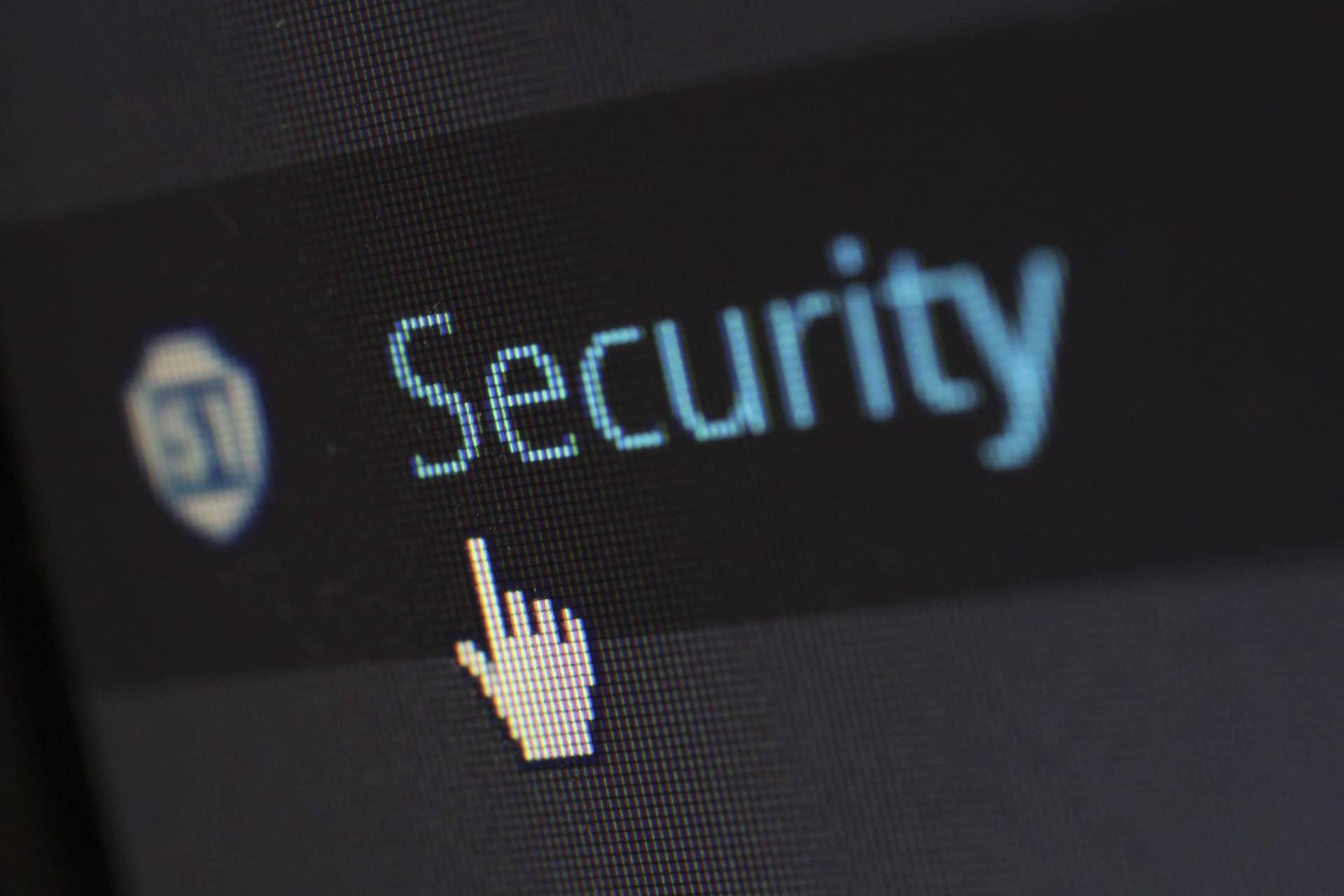The stumbling block of a wireless network is that unless users take certain precautions, anyone with a wireless-ready computer can access their network. It means neighbors, competitors, passers-by or even hackers skulking nearby can access your network or the information on their computers. It may happen that no data has been stolen however if someone is using any researcher’s network in an unauthorized manner, it is considered to be illegal. If anyone is using your network for a wrong purpose the liability of the crime comes upon you as it was your network which did the crime. You would be held responsible for it.
Sometimes people want to do shopping on the online websites like Urban Ladder and for that, they can ask you to use your wireless network. So, if you think that the person is trustworthy, you can allow him to do so.

We are presenting a few guidelines for you to follow and secure your wireless network.
- Use Encryption: You can encrypt the communications over your network as it has been proven to be the most effective way to secure a wireless network. Most of the wireless routers, access points, and base stations have a built-in encryption mechanism. If your wireless router is not having the encryption feature, make sure you purchase one and also ensure that your encryption functions are at the highest level.
- Use Anti-virus and anti-spyware software, and a firewall: Like a computer with an internet connection needs an anti-virus installed on it likewise computers on a wireless network need the same protections.Make sure to get the anti-virus and anti-spyware software installed along with a firewall, do activate them and ensure they are always up-to-date.
- Turn off identifier broadcasting: Most wireless routers are having mechanism called “identifier broadcasting,” which should be turned off as it sends out a signal to any device in the domain announcing its presence. In case a researcher or an employee using the network already knows it is there, this broadcasting feature becomes unnecessary. Hackers can always use identifier broadcasting to chime in on vulnerable wireless networks.
- Change the identifier on a router from the default: The identifier i.e. default ID of a router is always standard and is pre-defined by the manufacturer. Hackers know the default IDs and can use them to try to access the network. You should change the identifier to something which only the owner knows, and remember to configure the same unique ID into a wireless router and a computer so they can communicate. Use a password that is at least 10 characters long because longer passwords are harder to break.
- Change a router’s pre-set password for administration: Hackers know the standard default passwords that allow someone to set up and operate routers so one should change them to long passwords which only the owner knows.
- Turn off a wireless network when not in use: Hackers cannot access a wireless router when it is off.
- Don’t create that public “hot spots” are safe: Many cafés, airports, hotels and other public establishments offer wireless networks for their customers use. Unless researchers can verify that such a “hot spot” has effective security measures in place, sending or receiving personally identifiable data over that network should be avoided.
If you keep all the above points into consideration, you are going to secure your wireless network.

